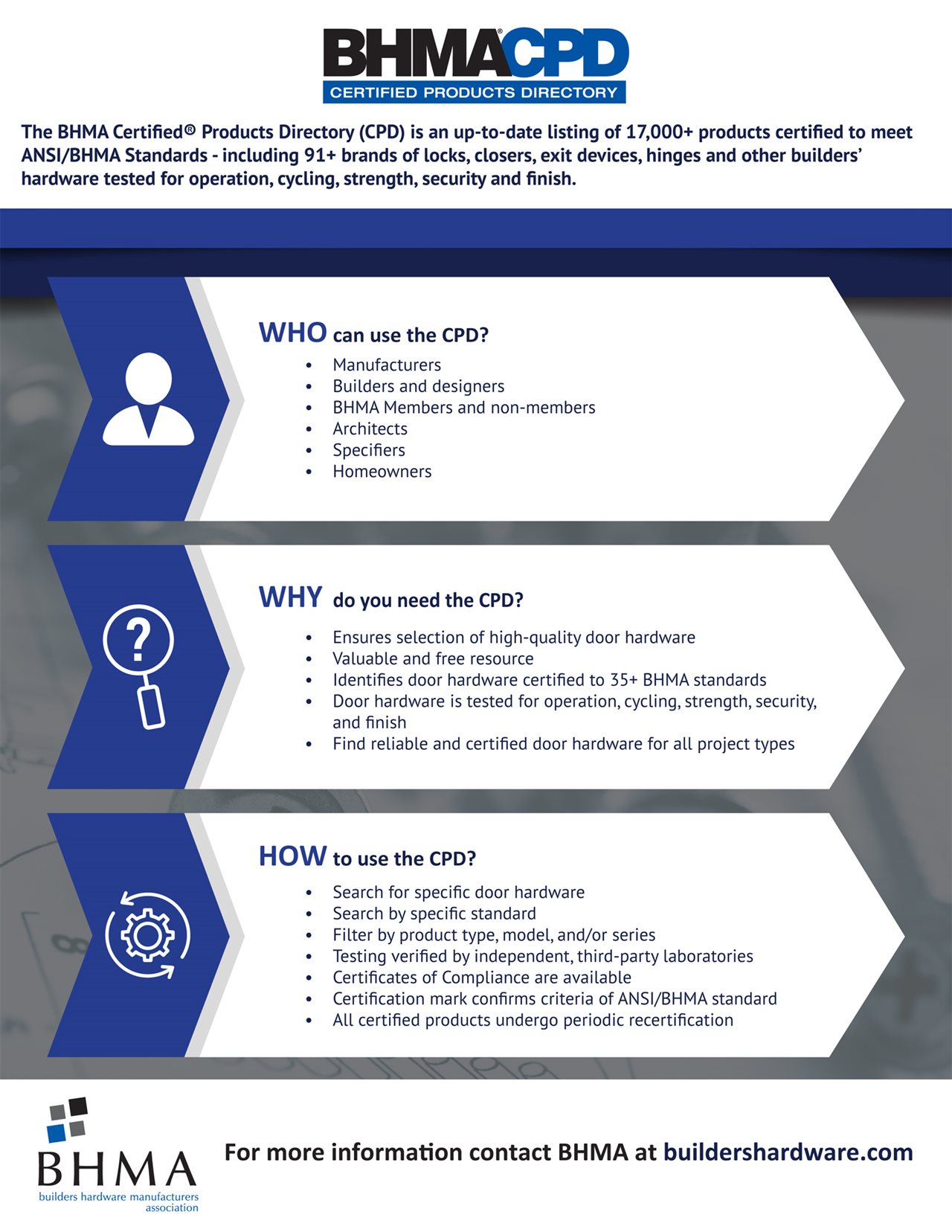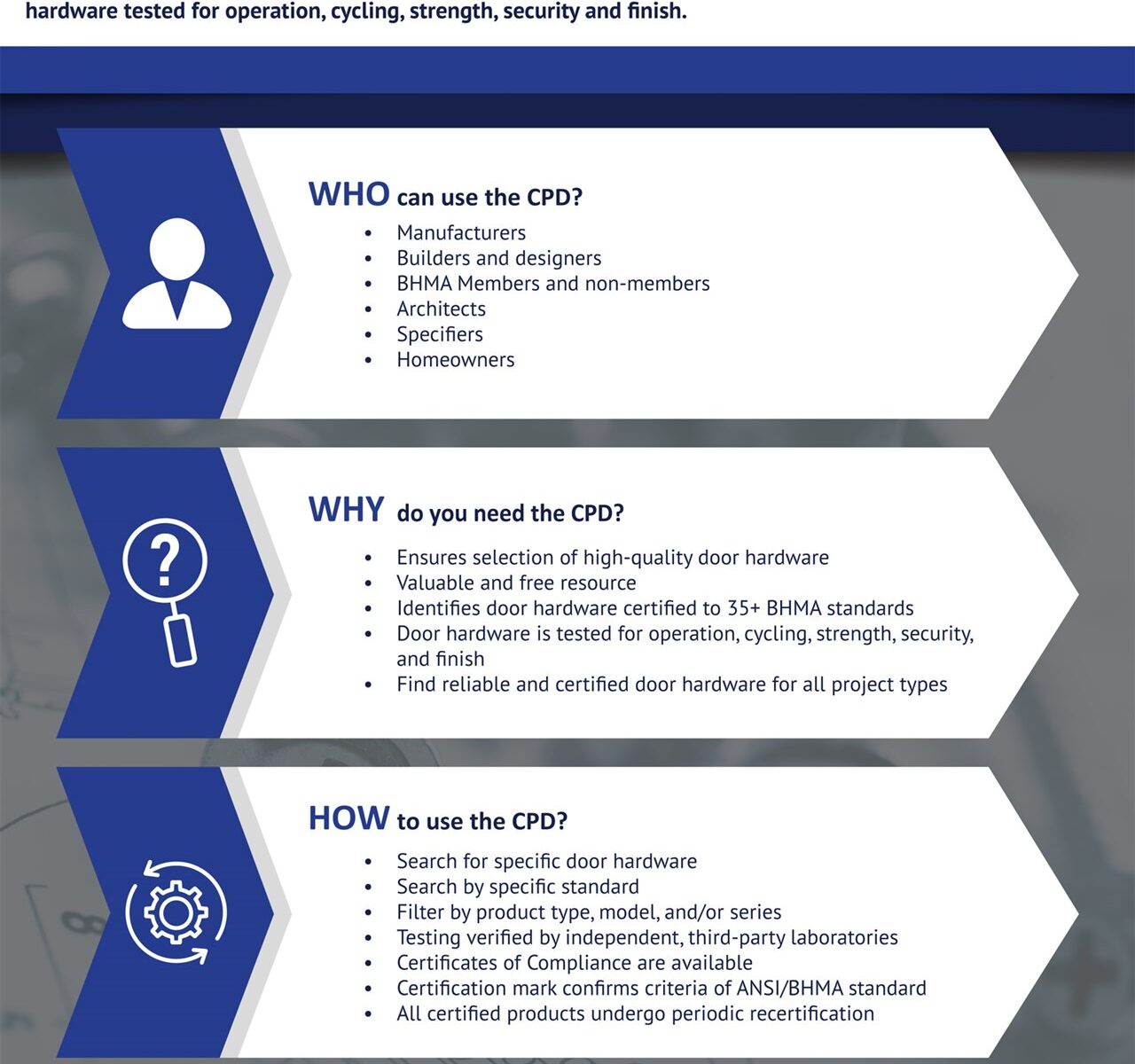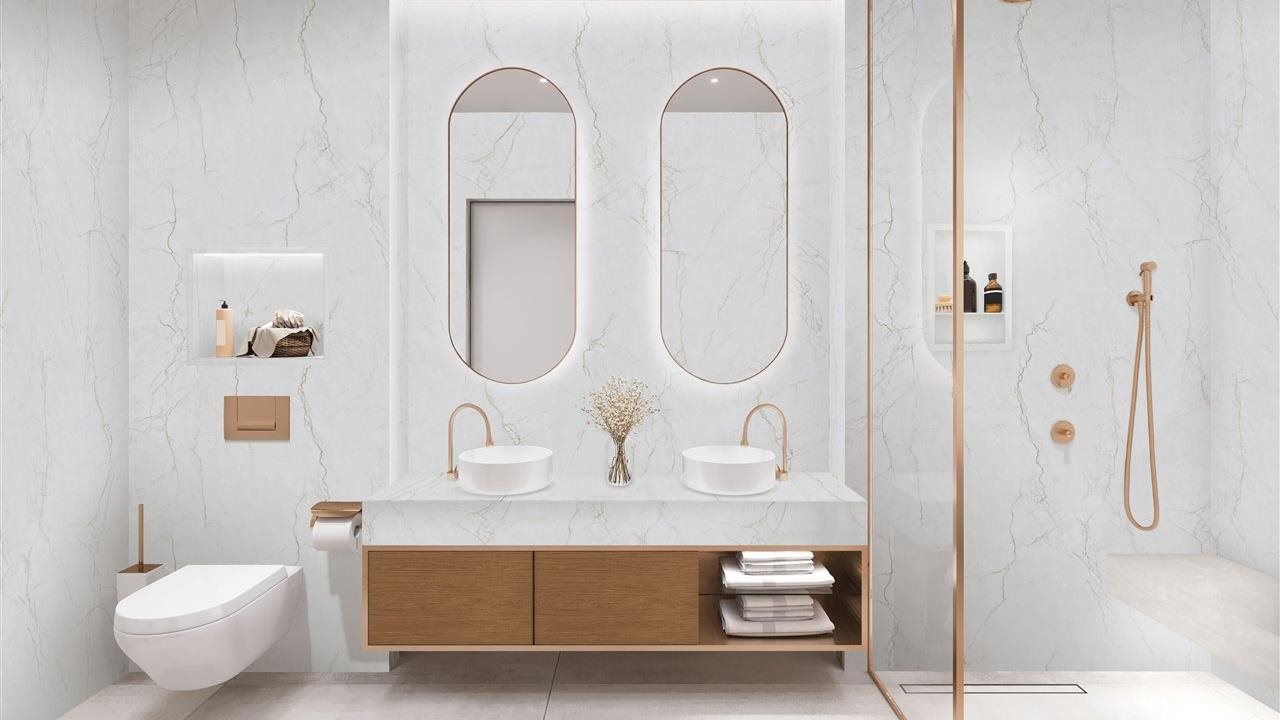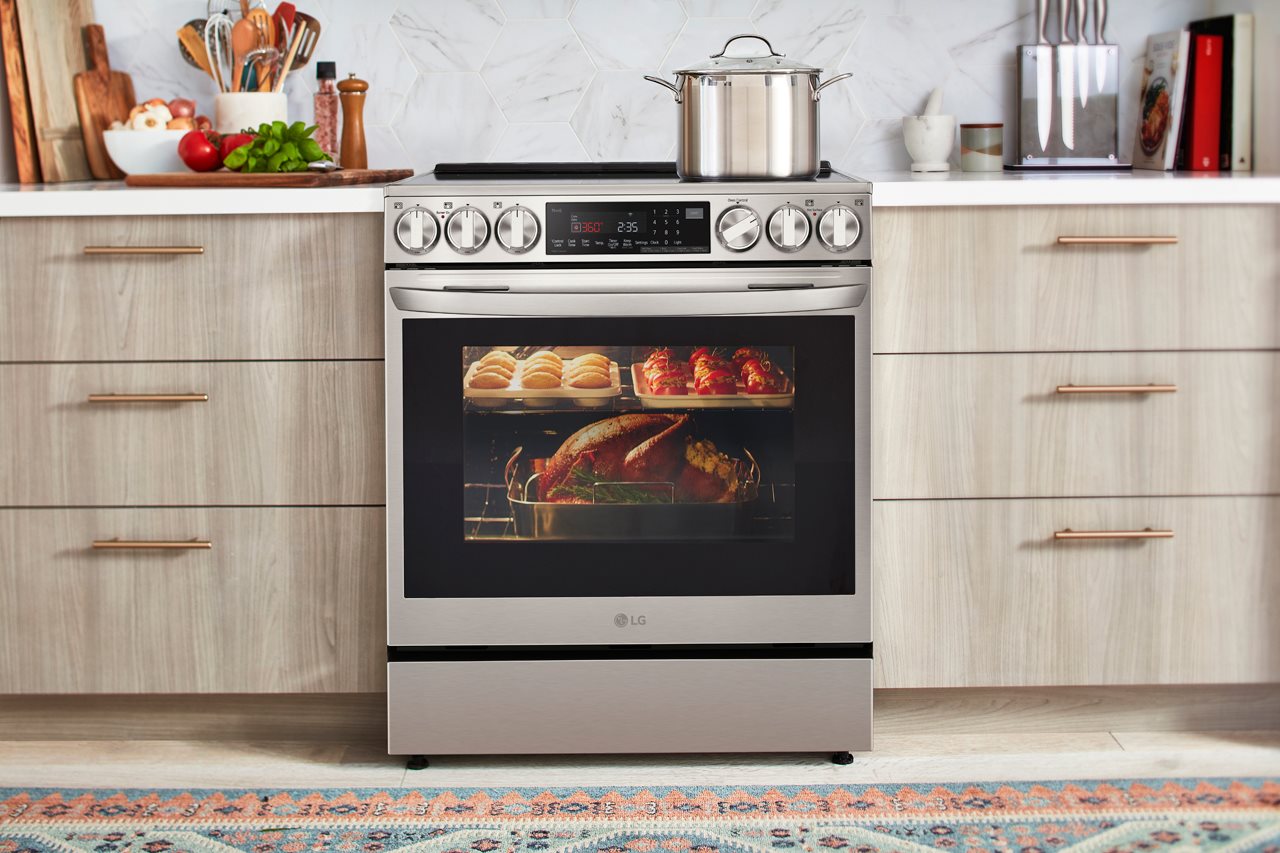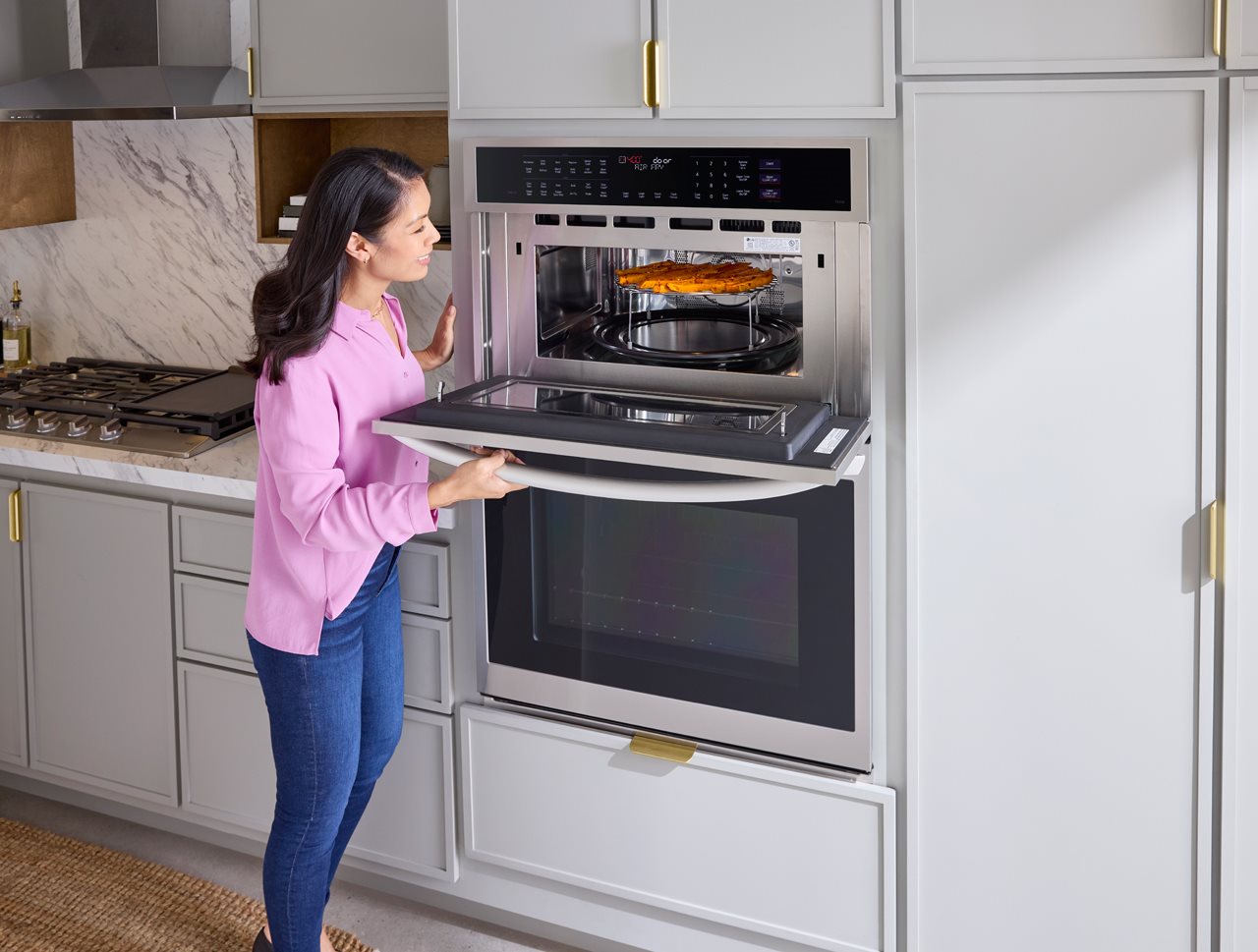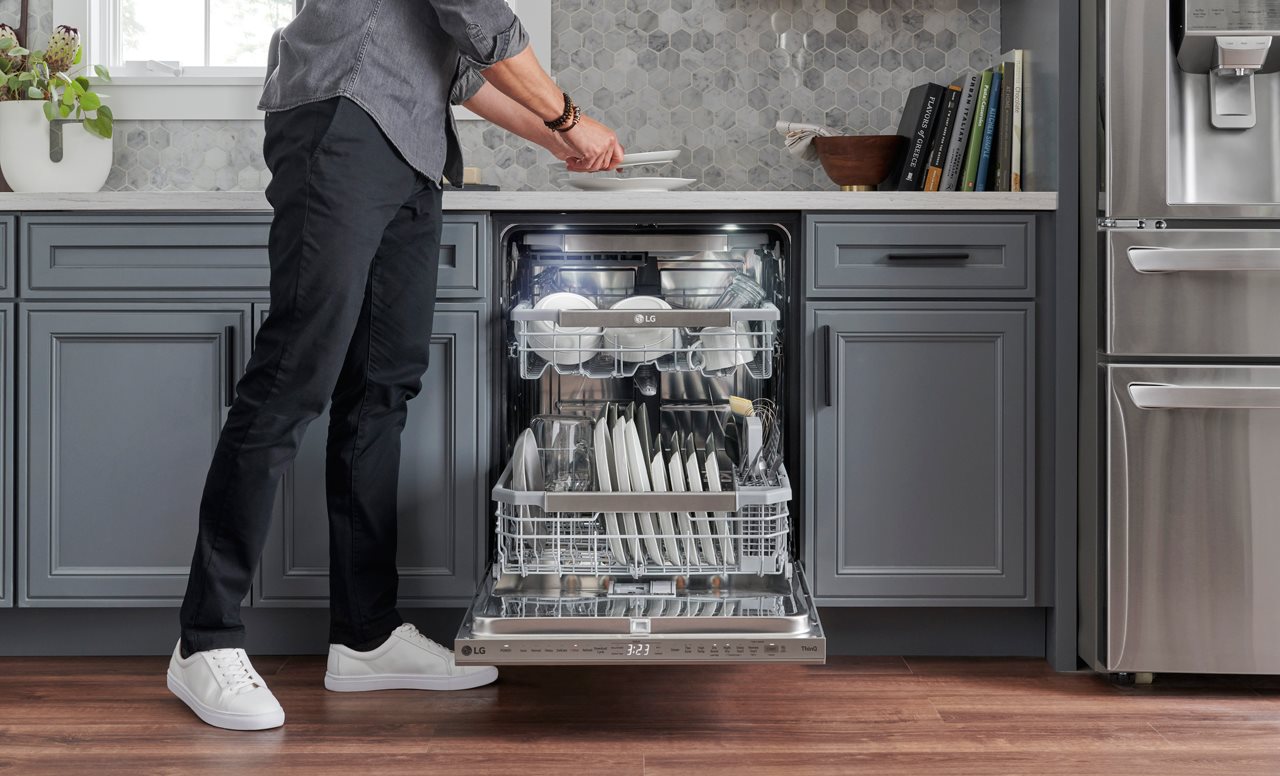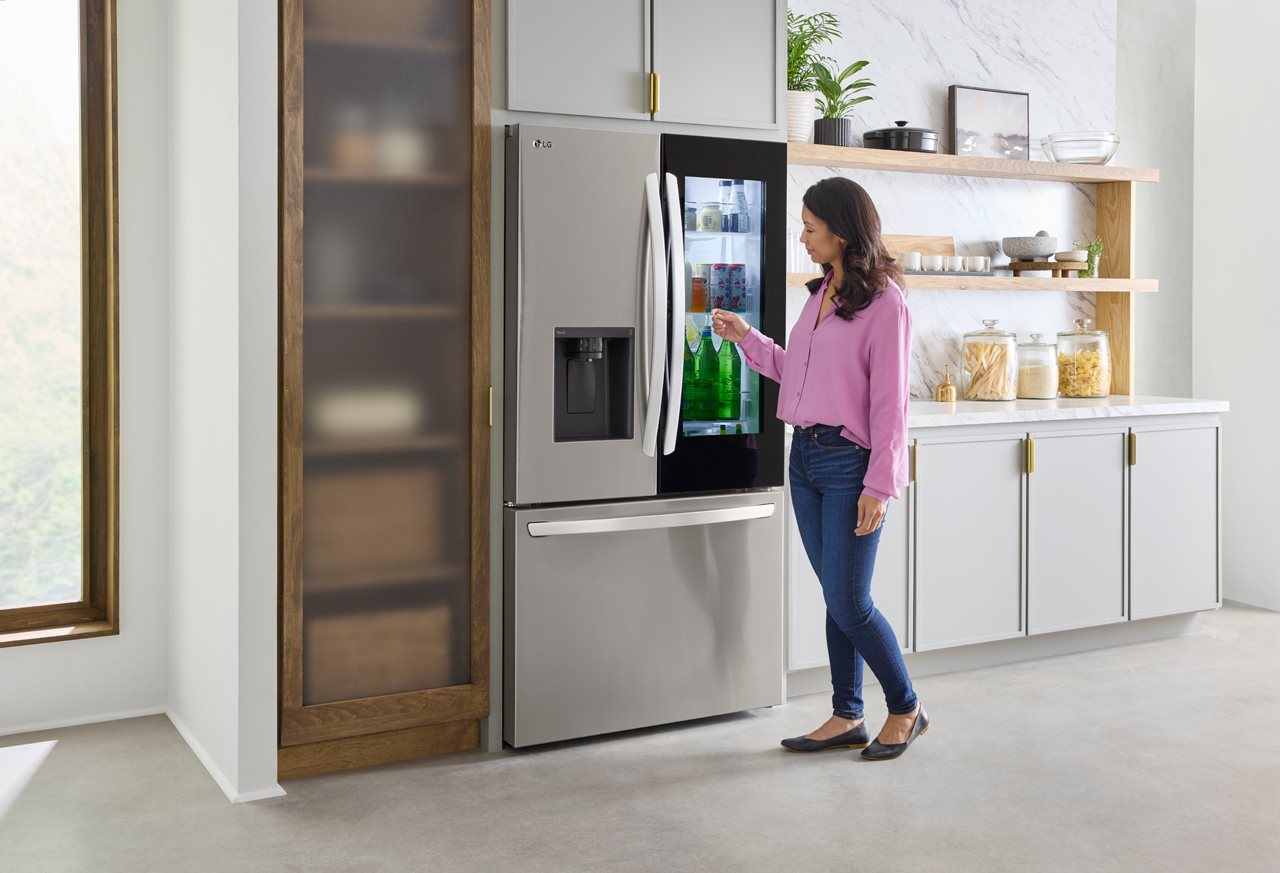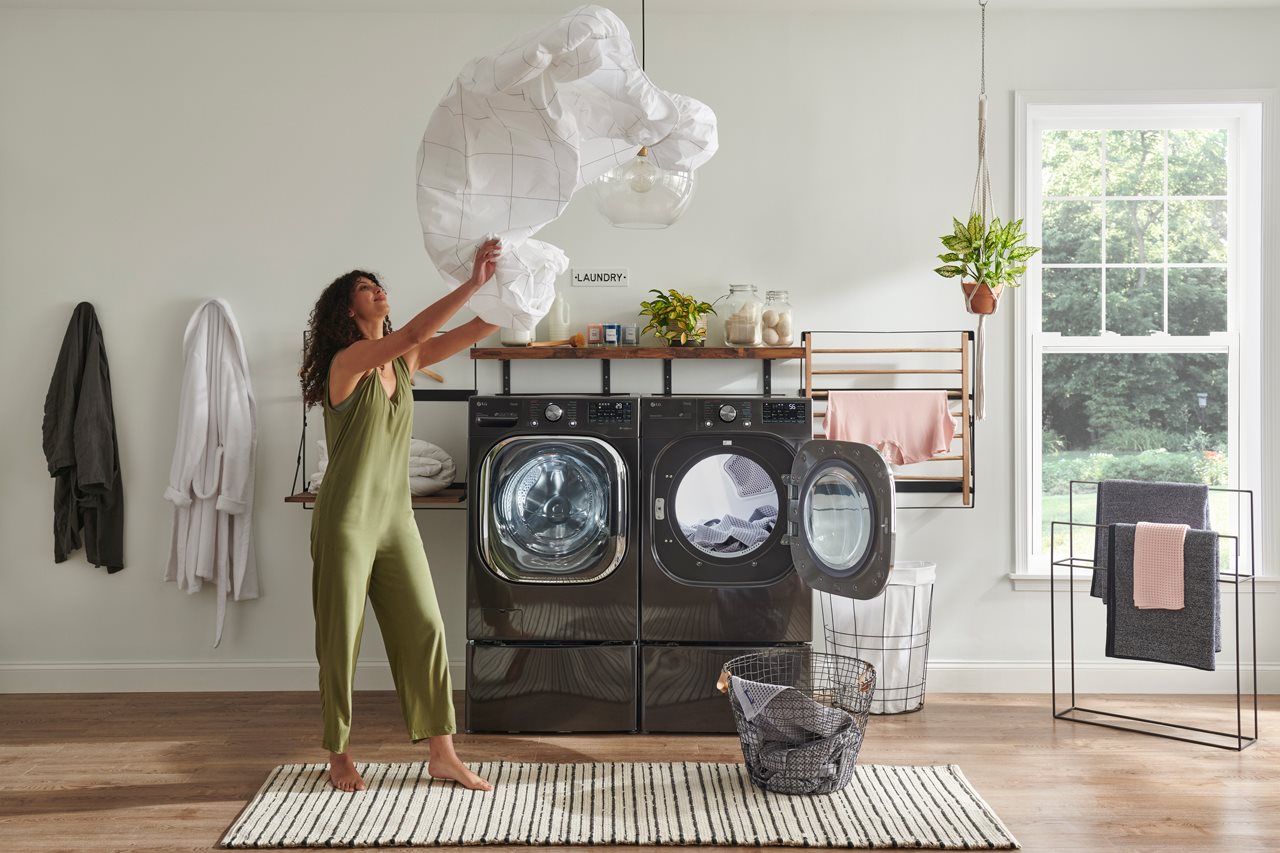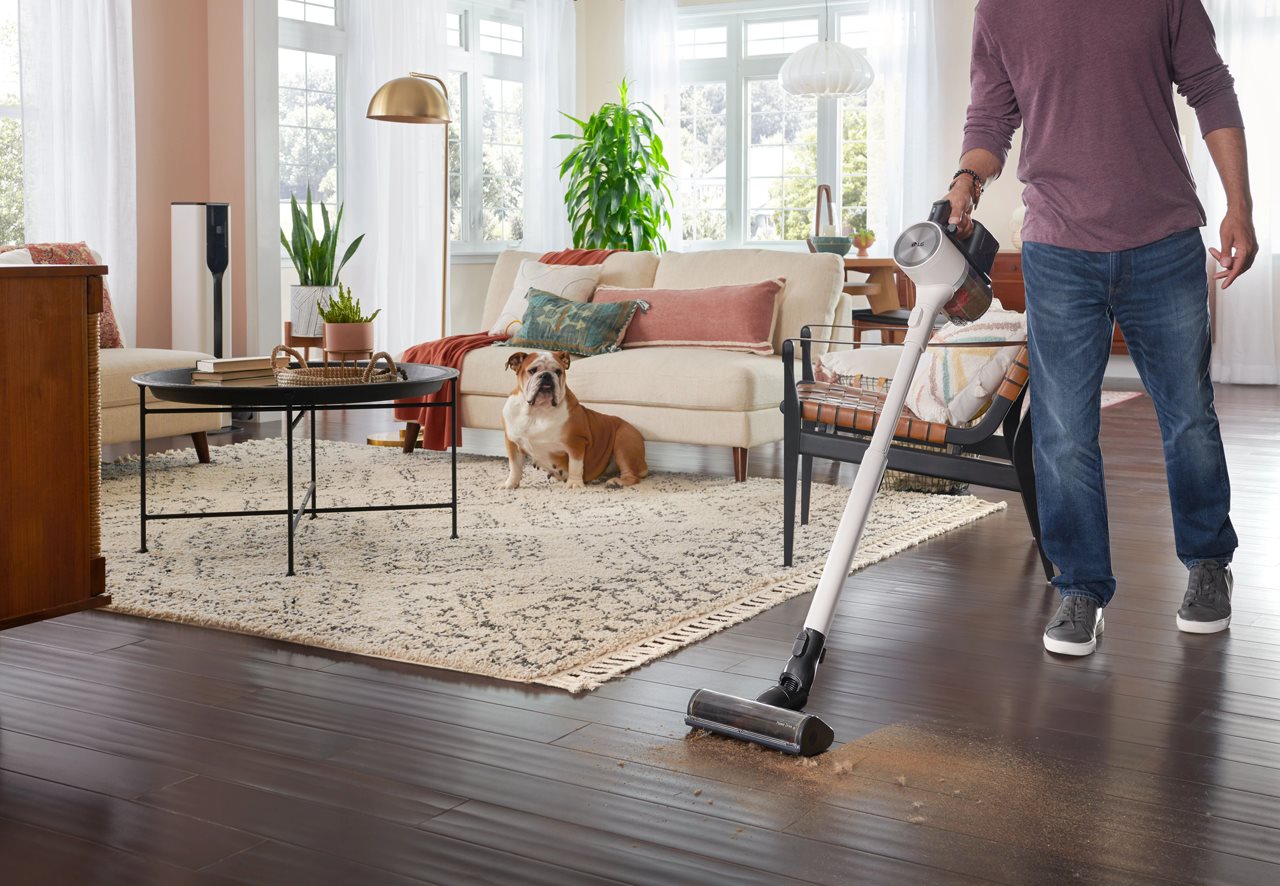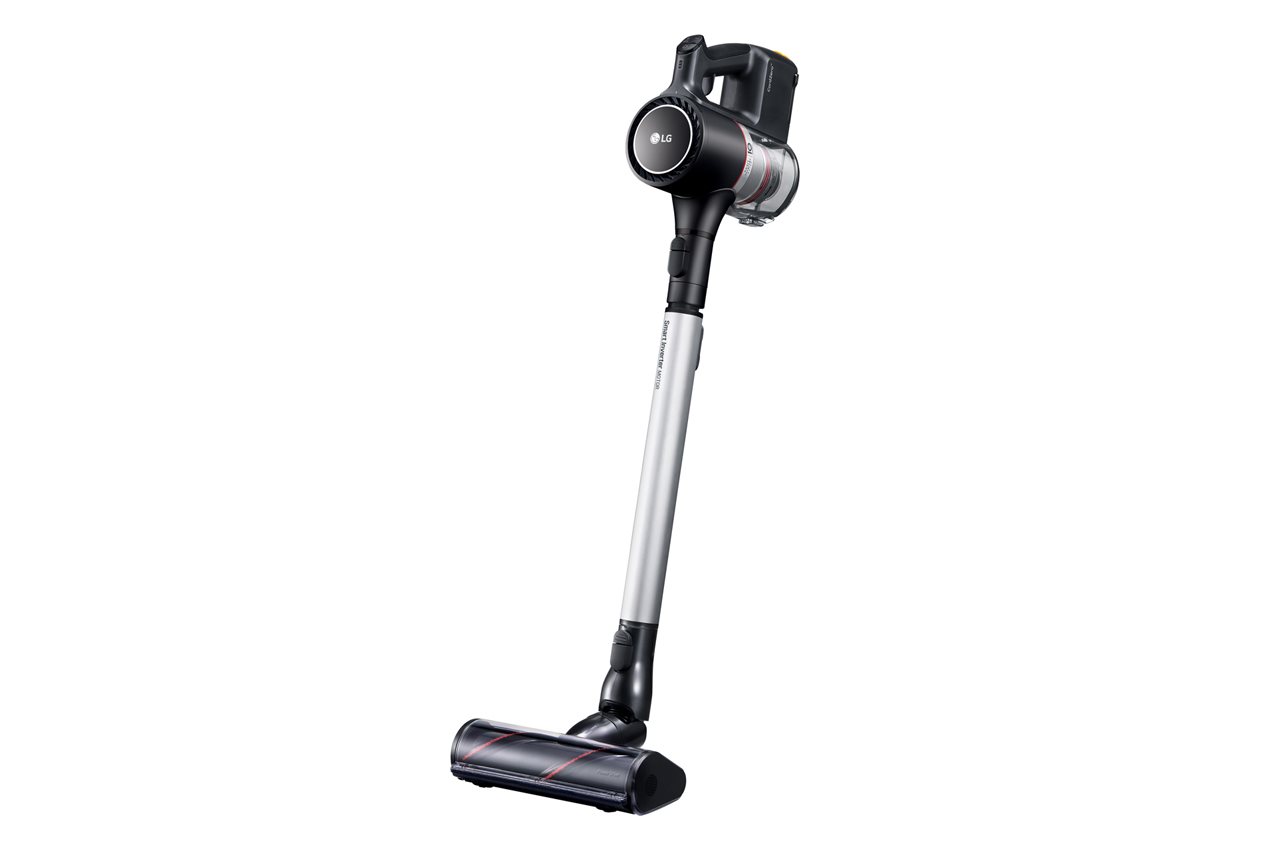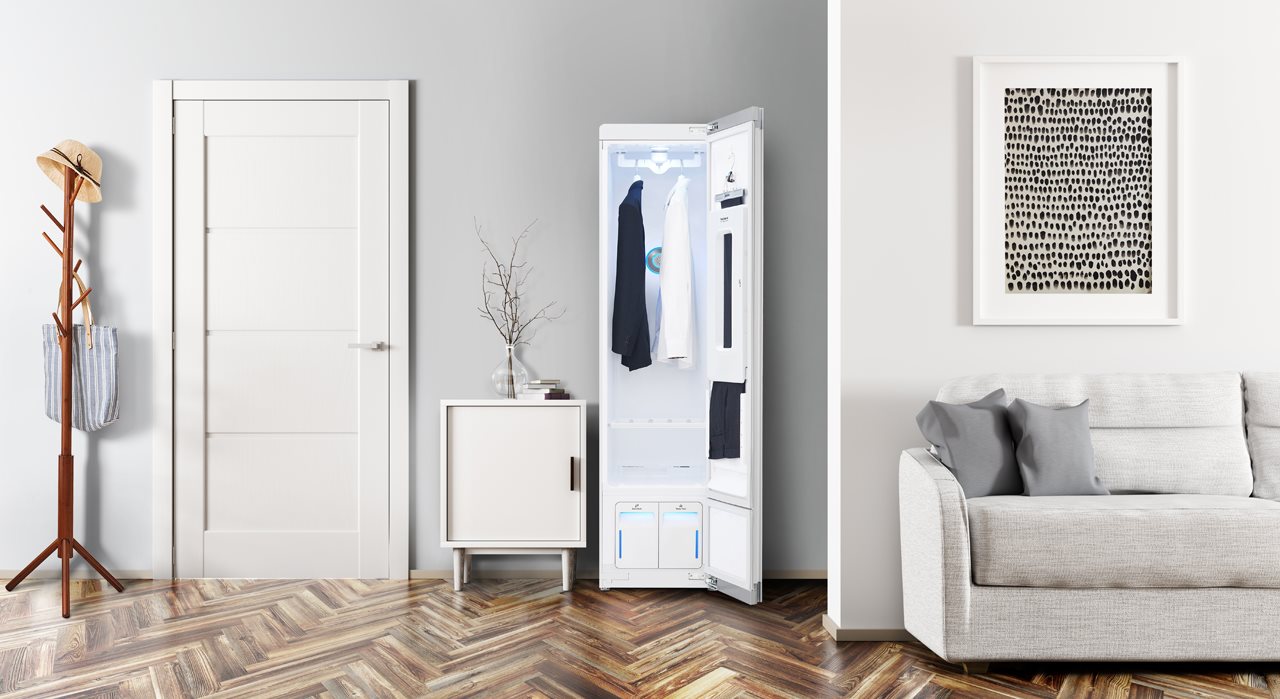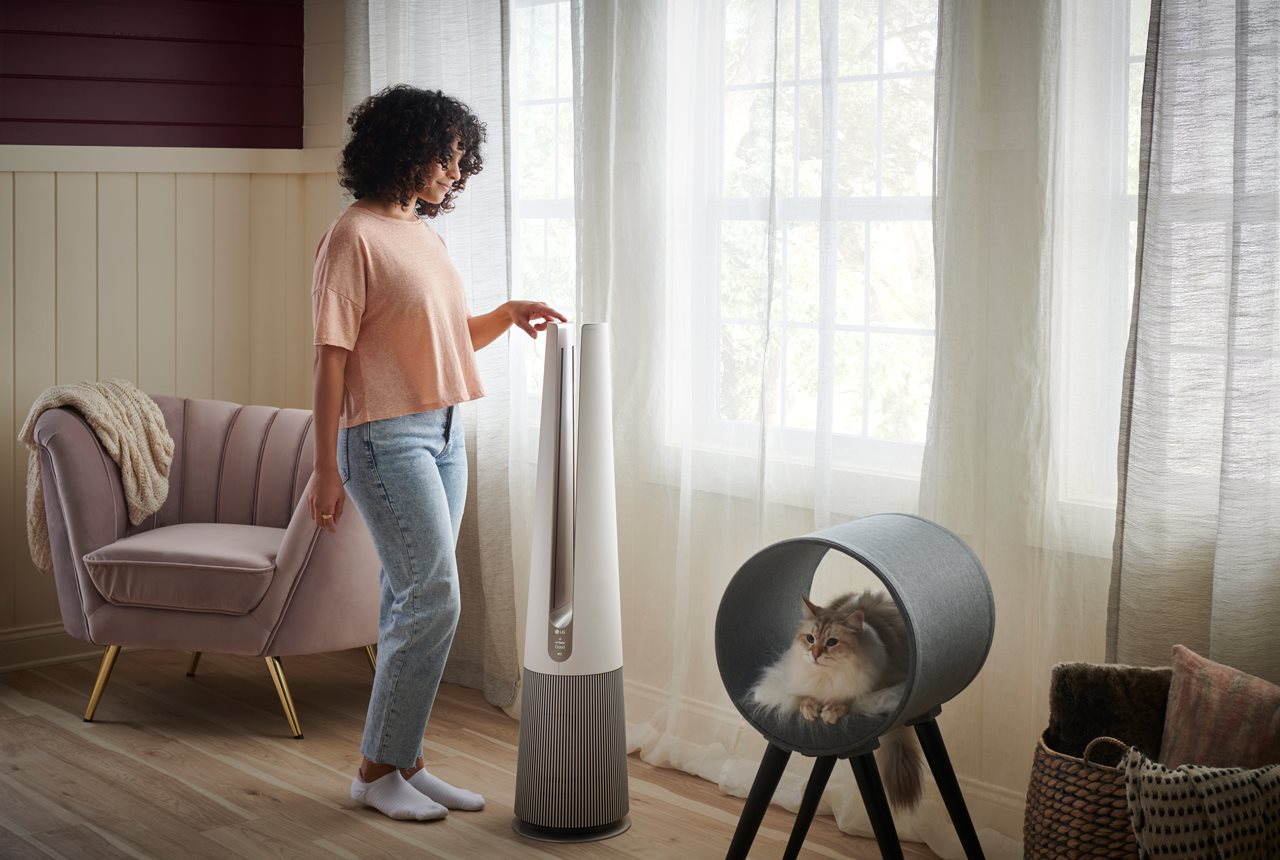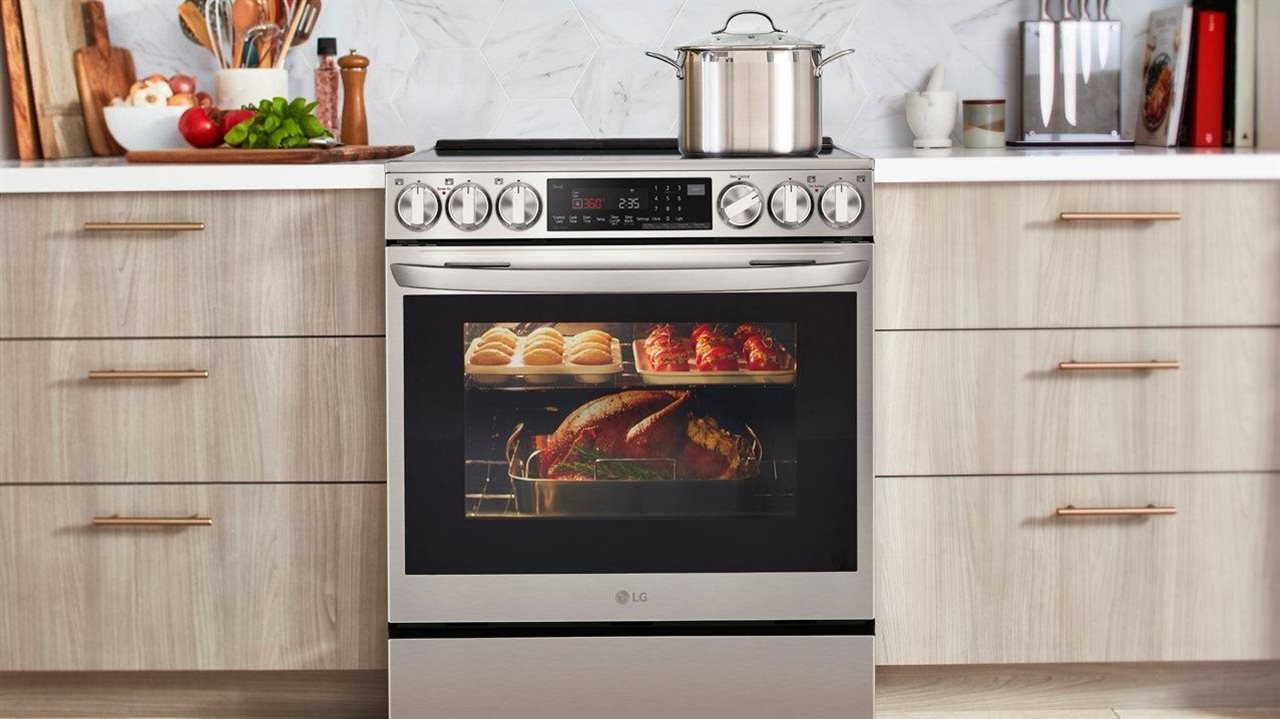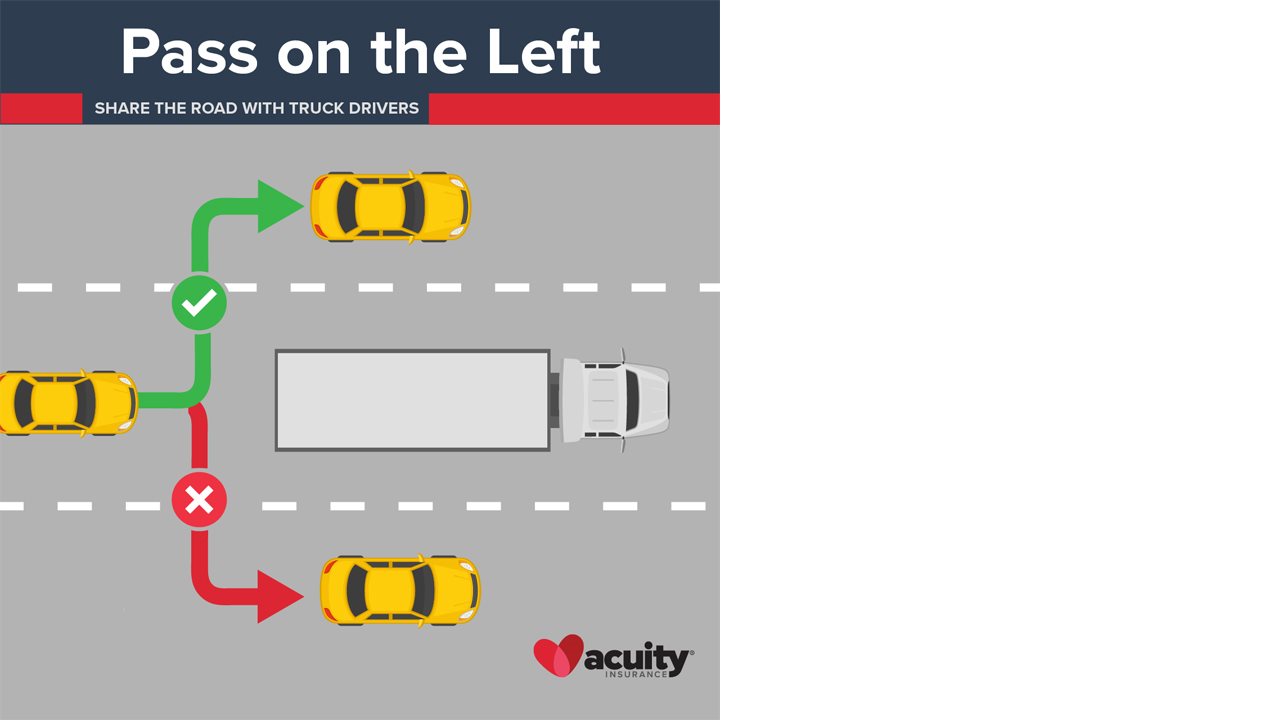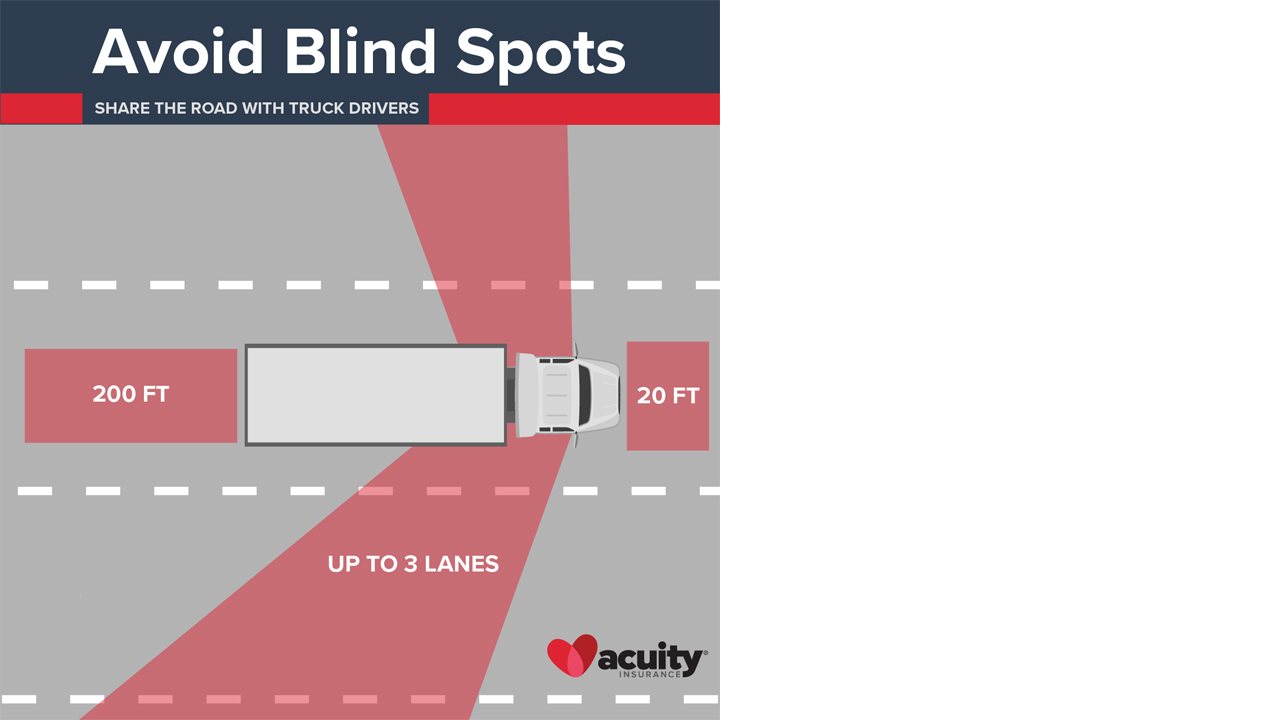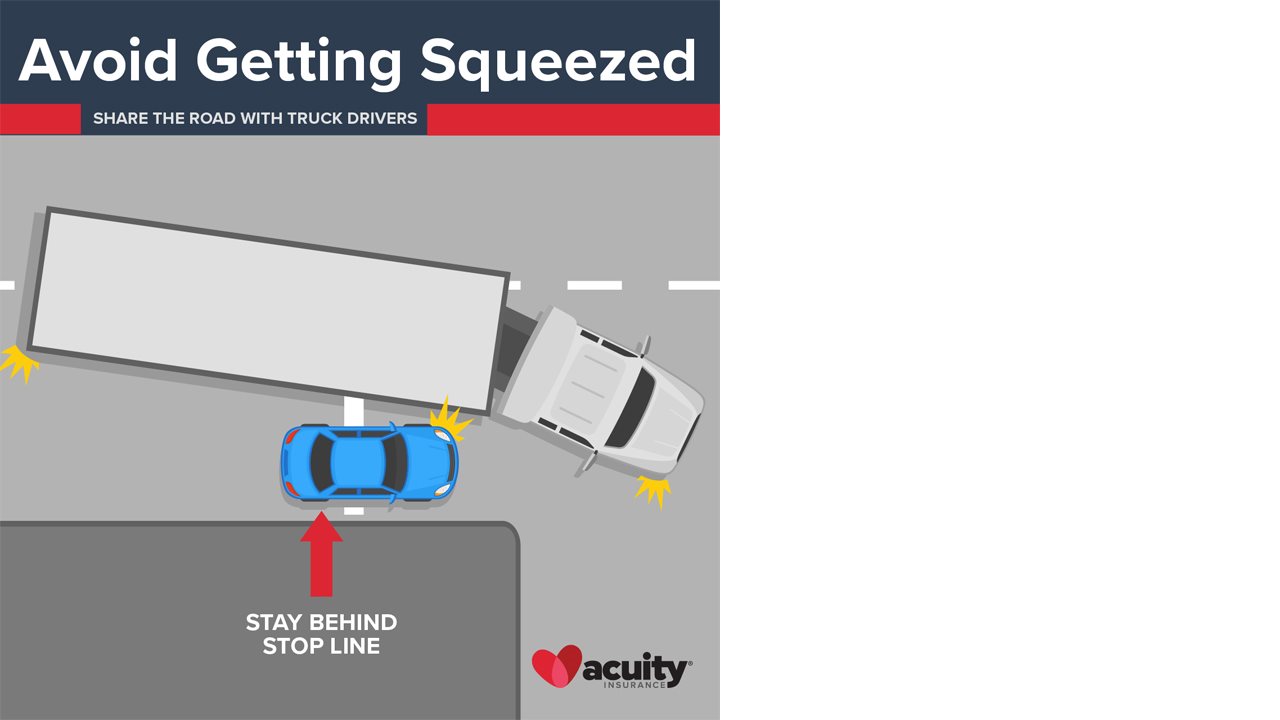2023-12-18T08:01:00
(BPT) – Moira manages her depression and tardive dyskinesia and is supported by her husband and care partner Forrest.
This article was sponsored and developed by Neurocrine Biosciences, Inc. Moira and Forrest were compensated by Neurocrine Biosciences to share their story.
While the holiday season can often be “the most wonderful time of the year” for many, it can also bring on overwhelming feelings of stress and isolation. According to a 2014 survey conducted by the National Alliance on Mental Illness (NAMI), 64 percent of people with mental illness say the holidays make their psychiatric condition worse. As such, it’s important to recognize and show support to those who may experience a difficult time during the holiday season. Read on for a unique story from a couple who provide their perspective on how to handle this time of the year.
Moira and Forrest met while they were both working in New York City. Several years after they married, an opportunity arose that prompted them to move to Long Island, New York. While Moira found herself prone to depression her entire life, the move caused her condition to worsen. “There was just a lot going on and a lot to think about in life,” said Moira. “Despite the excitement of our prospects, I found myself falling into a deep depression.”
Around 2009, her psychiatrist prescribed her an antipsychotic, which she says helped manage her depression, but within a year Moira began experiencing uncontrollable movements and eventually saw a neurologist who diagnosed her with tardive dyskinesia (TD). Moira was worried about the implications TD would have on her career as a pastor and began to withdraw from her social and family life, but she found support with Forrest.
TD is an involuntary movement disorder associated with prolonged use of certain mental health medicines (antipsychotics), characterized by uncontrollable, abnormal and repetitive movements of the face, torso, limbs, and fingers or toes. It is a chronic condition that affects approximately 600,000 people in the U.S. The uncontrollable movements of TD can impact people physically, socially and emotionally. People with TD have often reported feeling judged and ashamed. “Early on, I would get very discouraged, and I would just obsess over my movements and feel like I was trapped,” said Moira.
To help manage her TD symptoms, in 2017 Moira’s psychiatrist prescribed her INGREZZA® (valbenazine) capsules. Only INGREZZA offers simple dosing that’s always one-capsule, once-daily to treat adults with the uncontrollable movements of TD.
IMPORTANT SAFETY INFORMATION
INGREZZA can cause serious side effects in people with Huntington’s disease, including: depression, suicidal thoughts, or suicidal actions. Tell your healthcare provider before you start taking INGREZZA if you have Huntington’s disease and are depressed (have untreated depression or depression that is not well controlled by medicine) or have suicidal thoughts. Pay close attention to any changes, especially sudden changes, in mood, behaviors, thoughts, or feelings. This is especially important when INGREZZA is started and when the dose is changed. Call your healthcare provider right away if you become depressed, have unusual changes in mood or behavior, or have thoughts of hurting yourself.
Do not take INGREZZA if you are allergic to valbenazine, or any of the ingredients in INGREZZA.
Please see full Important Safety Information, including Boxed Warning, below and Prescribing Information.
About three weeks after Moira started taking INGREZZA, Forrest noticed a reduction in her uncontrollable movements, and Moira started noticing less movement around four to six weeks after beginning treatment, while maintaining her mental health medication regimen. “With INGREZZA, I have less uncontrollable movements, which makes me feel more confident being around people,” she said. Individual results may vary. Some taking INGREZZA begin to notice reduction in movements at two weeks with clinical results at six weeks.
Moira and Forrest recognize that having an established treatment plan in place to manage mental health is important throughout the year, but especially during times that can be overwhelming and challenging, such as the holiday season. “As Moira’s husband and care partner, especially during times that are particularly busy or stressful, we work together to stick with our healthy practices, including exercising together, while prioritizing Moira’s mental health,” said Forrest. This holiday season, Moira and Forrest are sharing their best practices on how to manage mental health based on what has worked for them over the years:
1. Find a support system
While friends and family can provide support, there are other avenues for developing supportive relationships as well, including finding a community for those living with shared experiences.
“While my circle of friends is small, they provide me solid support, alongside my church, therapist and a spiritual director. I’ve also started sharing my experiences with TD, and I’m looking forward to having more opportunities to do so,” Moira said.
2. Focus on life outside of tardive dyskinesia
Especially during challenging times, it may be helpful to reframe your mindset to stick with healthy practices and find moments of joy in life. Moira keeps up with the physical fitness program she does with Forrest and enjoys spending time with members of her church and preparing for holiday festivities by decorating her Christmas tree, caroling and watching holiday movies by the fire.
“I believe people with TD need to be encouraged that they’re not their illness,” Moira said. “I needed to find a way to live with my illness without shoving it in a corner and pretending it doesn’t exist.”
3. Advocate for yourself to your doctor
If you or someone you know has been treated for a mental health condition and experience uncontrollable movements, it may be TD. Start a conversation with your doctor or mental health professional about your symptoms and how they may be impacting your everyday life, especially your emotional well-being, such as Moira experienced. There are ways to help manage your uncontrollable movements.
By sharing their experience, Moira and Forrest hope to shed light on the importance of supporting those with mental illness and TD this holiday season and empower people to advocate for the treatment they need.
Visit INGREZZA.com to learn more about TD and resources to start a conversation with your doctor about possible treatment options, including INGREZZA.
Important Information
Approved Uses
INGREZZA® (valbenazine) capsules is a prescription medicine used to treat adults with:
- movements in the face, tongue, or other body parts that cannot be controlled (tardive dyskinesia).
- involuntary movements (chorea) of Huntington’s disease. INGREZZA does not cure the cause of involuntary movements, and it does not treat other symptoms of Huntington’s disease, such as problems with thinking or emotions.
It is not known if INGREZZA is safe and effective in children.
IMPORTANT SAFETY INFORMATION
VMAT2 inhibitors, including INGREZZA, can cause serious side effects in people with Huntington’s disease, including: depression, suicidal thoughts, or suicidal actions. Tell your healthcare provider before you start taking INGREZZA if you have Huntington’s disease and are depressed (have untreated depression or depression that is not well controlled by medicine) or have suicidal thoughts. Pay close attention to any changes, especially sudden changes, in mood, behaviors, thoughts, or feelings. This is especially important when INGREZZA is started and when the dose is changed. Call your healthcare provider right away if you become depressed, have unusual changes in mood or behavior, or have thoughts of hurting yourself.
Do not take INGREZZA if you:
- are allergic to valbenazine, or any of the ingredients in INGREZZA.
INGREZZA may cause serious side effects, including:
- Sudden swelling from an allergic reaction (angioedema). Sudden swelling has happened after the first dose or after many doses of INGREZZA. Signs and symptoms of angioedema include: swelling of your face, lips, throat, and other areas of your skin, difficulty swallowing or breathing, and raised, red areas on your skin (hives). Swelling in the throat can be life-threatening and can lead to death. Go to the nearest emergency room right away if you develop these signs and symptoms. Your healthcare provider should stop your treatment with INGREZZA.
- Heart rhythm problems (QT prolongation). INGREZZA may cause a heart problem known as QT prolongation. Symptoms of QT prolongation may include: fast, slow, or irregular heartbeat, dizziness or fainting, or shortness of breath.
Tell your healthcare provider right away if you have a change in your heartbeat (a fast or irregular heartbeat), or if you faint.
- Neuroleptic Malignant Syndrome (NMS): NMS is a serious condition that can lead to death. Call a healthcare provider right away or go to the nearest emergency room if you develop these symptoms and they do not have another obvious cause: high fever, stiff muscles, problems thinking, very fast or uneven heartbeat, or increased sweating.
- Abnormal movements (Parkinson-like). Symptoms include: shaking, body stiffness, trouble moving or walking, or keeping your balance.
Before taking INGREZZA, tell your healthcare provider about all of your medical conditions including if you: have liver or heart problems, are pregnant or plan to become pregnant, or are breastfeeding or plan to breastfeed.
Tell your healthcare provider about all the medicines you take, including prescription and over-the-counter medicines, vitamins, and herbal supplements.
Sleepiness (sedation) is a common side effect with INGREZZA. While taking INGREZZA, do not drive a car or operate dangerous machinery until you know how INGREZZA affects you. Drinking alcohol and taking other drugs that may also cause sleepiness while you are taking INGREZZA may increase any sleepiness caused by INGREZZA.
The most common side effect of INGREZZA in people with tardive dyskinesia is sleepiness (somnolence).
The most common side effects of INGREZZA in people with Huntington’s disease are sleepiness (somnolence), allergic itching, rash, and trouble getting to sleep or staying asleep.
These are not all of the possible side effects of INGREZZA. Call your doctor for medical advice about side effects. You are encouraged to report negative side effects of prescription drugs to the FDA. Visit MedWatch at www.fda.gov/medwatch or call 1-800-FDA-1088.
Please see INGREZZA full Prescribing Information, including Boxed Warning.
This article was sponsored and developed by Neurocrine Biosciences, Inc. Moira and Forrest were compensated by Neurocrine Biosciences to share their story.
©2023 Neurocrine Biosciences, Inc. All Rights Reserved. CP-VBZ-US-3091 12/2023

